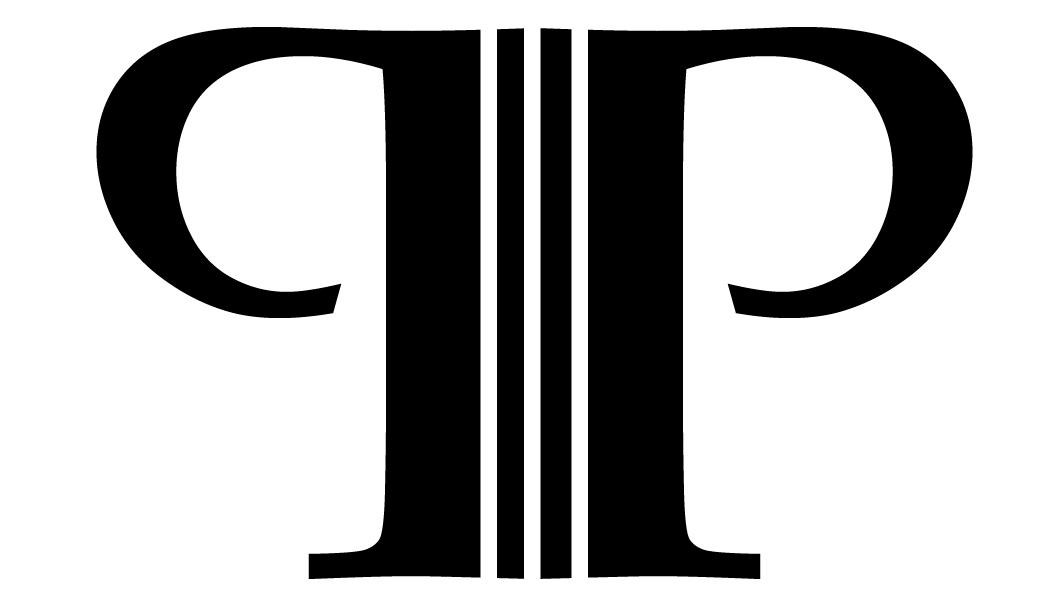I ran Sam at the sheep farm today. The wind was blowing a cool breeze and a few colorful leaves swirled around us in the field. This, and the fact that for the first time I was wearing pants instead of shorts, might have indicated that summer is over. And when we took Sam to the river to cool off after running, there was not one person there...no colorful umbrellas, no picnickers or swimmers...just us.
School has started and we are back in full teaching mode. There is grief in retiring my bathing suit but there is also excitement in returning to routine.
I find the relaxed schedule of summer has done two things for returning students; helped them to let go of certain habits and challenges that plagued them last season and wreaked havoc with their technique!!
Which means that, within all levels, we return to basics to reinforce our foundation. The importance of this cannot be overstated because basics not only give us the roots that we need in our playing but also help us protect ourselves from injury.
One of the very first things I teach new students is the importance of the proper seating position. Feet on the ground, hips aligned with upper body and a straight spine with relaxed shoulders and elbows. This has aggravated many an electric guitar wannabe as they hold the cello slouched into their laps.
We also talk, at length, about the need for movement of the body while playing. So many times I have seen effort and hard work translate to tension in the neck and jaw of a new player. I've sat and watched someone trying to set down a difficult extension and literally push their bow and squeeze the strings as if the extra oomph would guarantee perfection. Sometimes I am literally thrilled to see a breath symbol in the Suzuki books so as to remind students of the need to do just that...breathe.
Ella came to me, as an early student, tucking her bow arm against her body. I liked to call it the “fetal position” This arched her wrist and tucked her hand under the fingerboard forcing her to lift her wrist every time she wanted to move. A recipe for carpal tunnel syndrome. We corrected the position by opening her elbows, “like a Pterodactyl” only to have it rear it's ugly head time and time again as difficult passages forced her to revert to what she knew best. Now, years later, all I have to do is slightly turn my head toward her and out pops the elbow!
Extensions are always a bugger for early players. The explanation alone is confusing, never mind the actual hand position. For a bit of time pretty much everyone forgets to bring the thumb along with the movement of the second finger into the third finger position making the extension look more like a stretch for home plate. I ask them to look at their fingers and make note of the white markings that indicate both tension AND the lack of blood in the thumb.
Rigid necks, awkward facial contortions, hunched shoulders, flapping elbows and palsy-like vibratos. All things that might seem like unavoidable results of learning to play the cello. And how can I expect you to both read those little black dots and sit up straight, move, lift your elbow, drop your elbow and....well, relax?
Every teacher would be remiss if we did not work on these things. Our goal has to be not only to teach you the technical aspects of playing a difficult instrument but also to protect you from the injury of what is, without question, also a serious athletic endeavor.
Ella...pop that elbow!
Melissa
